This Forum will close on Wednesday 27 March, 2024. Please refer to the announcement on the Discussions page for further detail.
Pest & disease or Laurel experts please!!
Hi all, hope everyone's enjoying this lovely windy weather.
Here's a quick run down.
I planted a hedge of 2 metre laurels this time last year, they are planted in semi shade and have a drip irrigation to the roots. They seemed to take well, putting on a little growth throughout the year. All seemed well.
I have only just noticed this week that there seems to be some dieback on a run of particularly plants.
The majority of the plant is fine, with healthy growth and healthy leaves. Some branches however have wilting leaves, leaf drop and whole branch die back, which makes me think of some kind of fungus.
The surrounding soil is moist but not over or under wet.
I have pruned out infected branches which are dead. On some of these branches there was a flat brown fungus, not all of
them though as seen in the picture.
Some of the leaves have brown areas and are wilted.
No canker was visible and no other issues.
Have a look at the pictures and see what you think, hopefully someone may be able to advise?
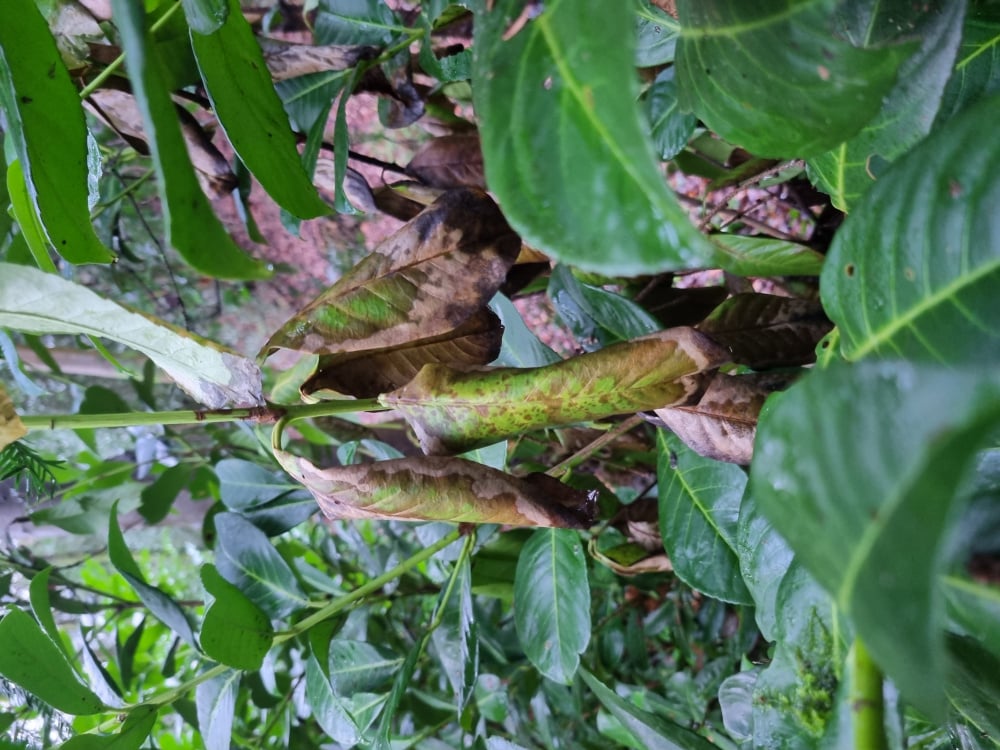
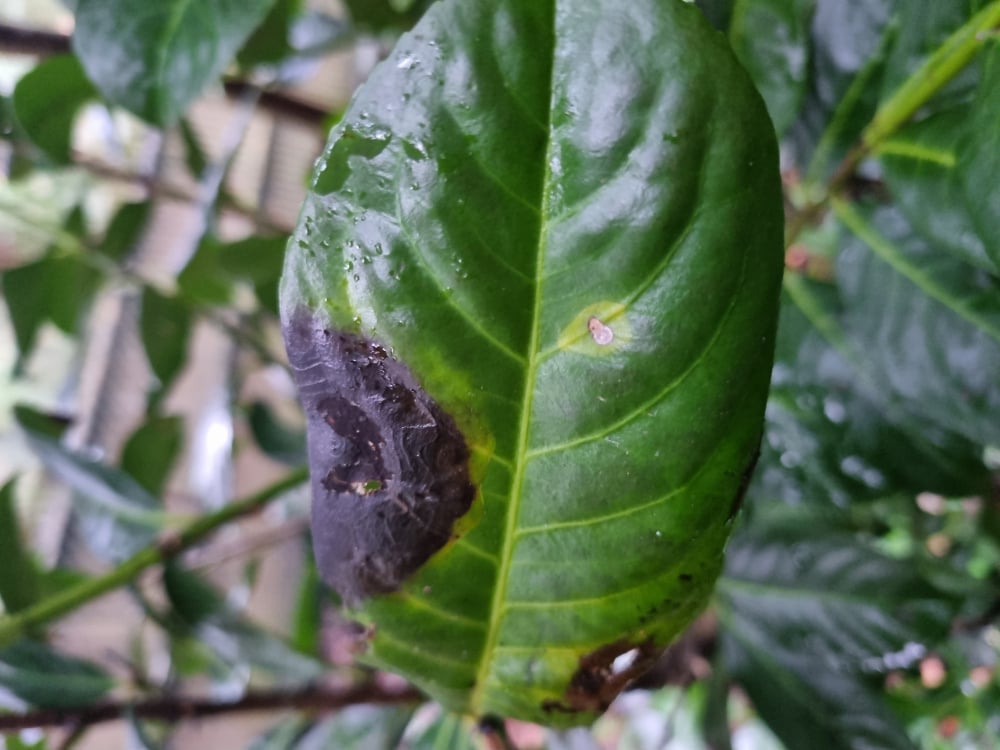
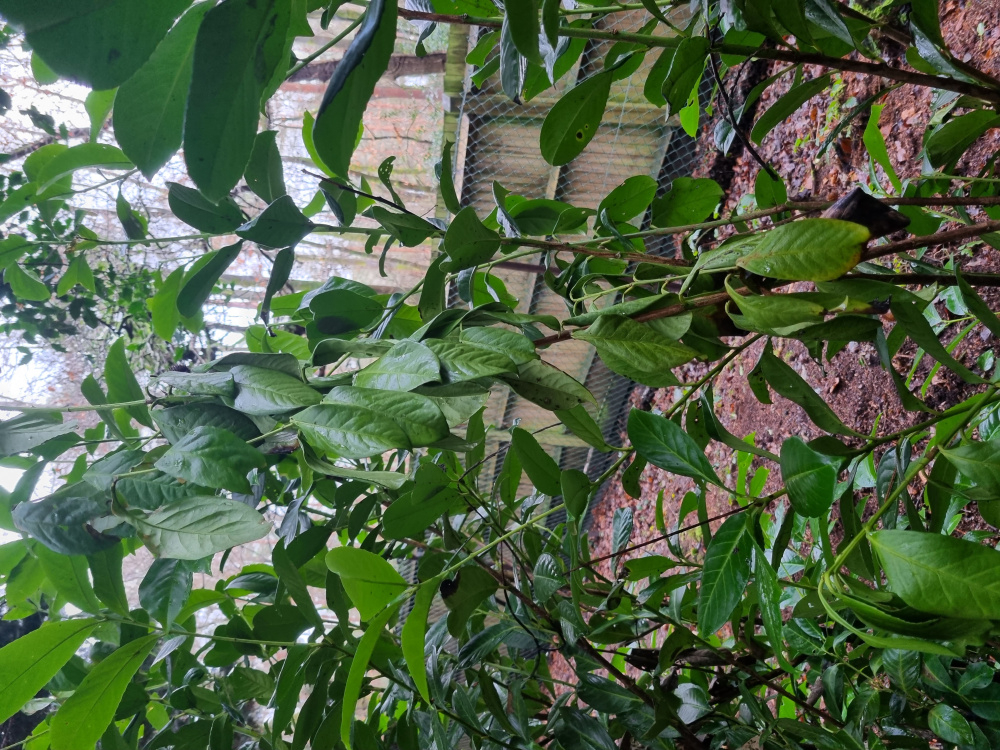
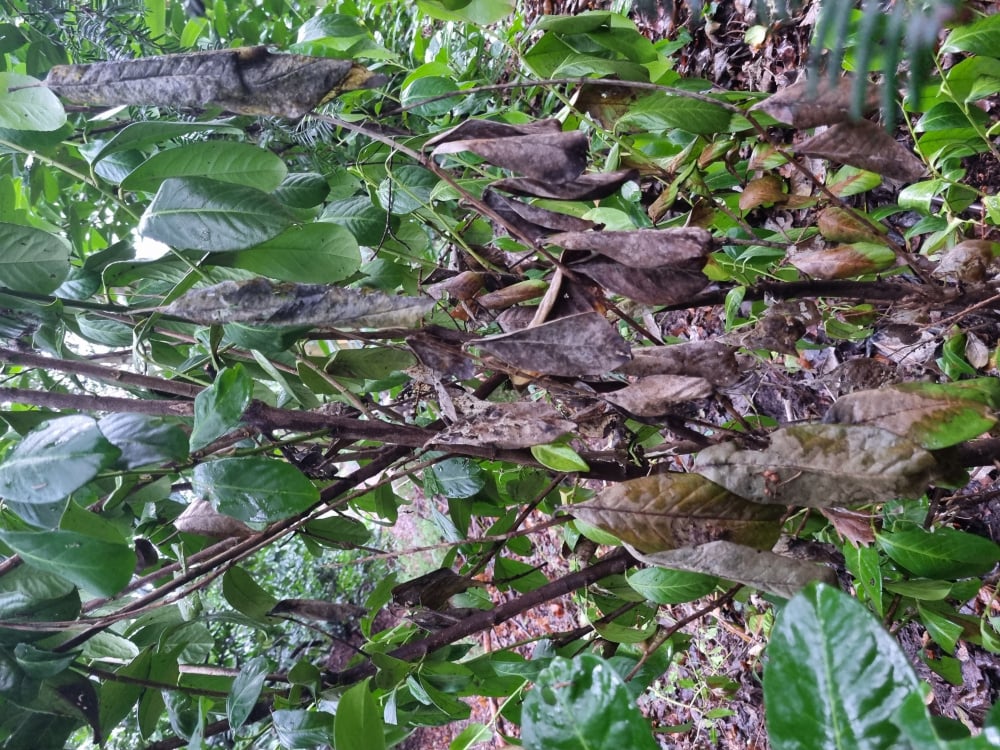

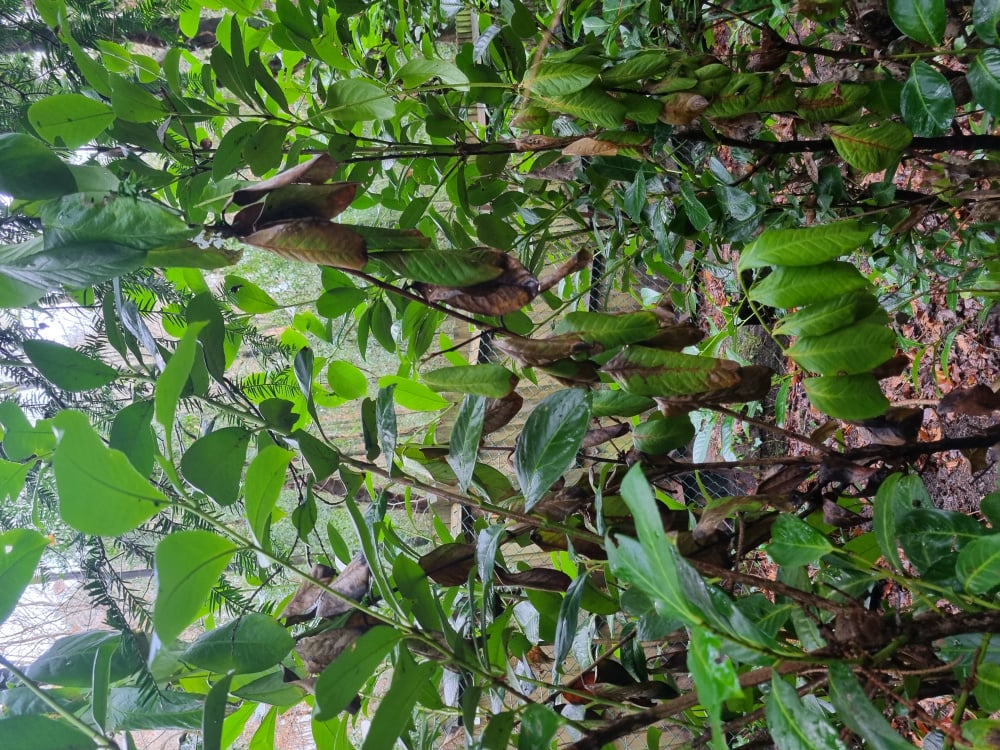
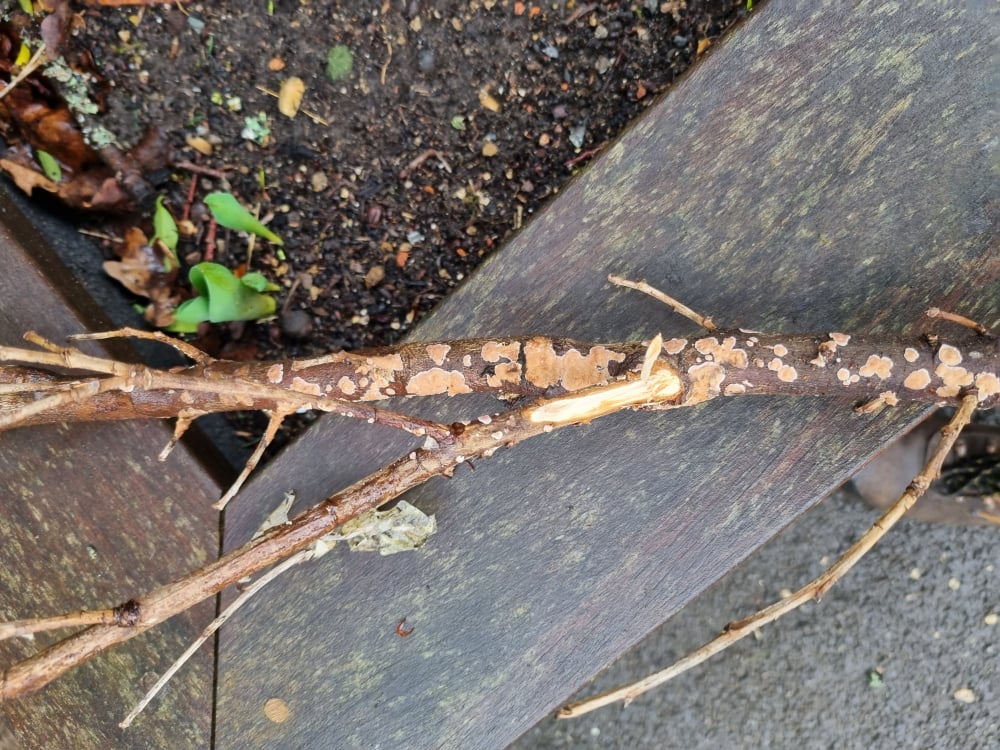
Here's a quick run down.
I planted a hedge of 2 metre laurels this time last year, they are planted in semi shade and have a drip irrigation to the roots. They seemed to take well, putting on a little growth throughout the year. All seemed well.
I have only just noticed this week that there seems to be some dieback on a run of particularly plants.
The majority of the plant is fine, with healthy growth and healthy leaves. Some branches however have wilting leaves, leaf drop and whole branch die back, which makes me think of some kind of fungus.
The surrounding soil is moist but not over or under wet.
I have pruned out infected branches which are dead. On some of these branches there was a flat brown fungus, not all of
them though as seen in the picture.
Some of the leaves have brown areas and are wilted.
No canker was visible and no other issues.
Have a look at the pictures and see what you think, hopefully someone may be able to advise?







0
Posts
Large specimens always tend to struggle with establishment, and that could have been magnified if conditions weren't ideal through last year. I can't tell how you're growing them either, in terms of site, soil and drainage etc.
It's also quite normal to get leaves/branches/stems failing on any plant, evergreen or not. It's hard to see just from those close ups.
If the rest is generally healthy, I'd cut those back quite hard so that they can bush out properly and give you a better hedge.
There's a whole thread on laurels - it'll take a while to read, but it gives lots of info. More than you'll ever need
https://forum.gardenersworld.com/discussion/656523/help-needed-please-with-laurel-hedge-issues/p1
I live in west central Scotland - not where that photo is...
I'll take a look at the thread.
Site soil conditions are generally good although they may be getting a little too much shade, however the issues seem to be only in on particular section of the hedge.
They are planted in a dappled shade woodland on sandy soil surrounded by lead mulch. There is a drip irrigation at the base of the plant. There were no major issues during the 1st year of establishment, the odd lead drop but as you say it can be expected.
The bit I can't figure out is why particular whole branches are affected rather that the whole plant or the top or bottom which makes me sway more towards a fungus infection.
I have removed all the infected growth, cleared the base of leaves and will feed in March to try and reinvigorate them.
It's more likely to be a bit of weather damage, or even a bit of damage from wildlife - sitting on, or chewing branches and stems. Cutting out the damaged bits is the best solution.
It's one of the toughest shrubs anywhere. Weather of any kind doesn't affect it. You occasionally get bits of damage when there's a freeze and then a sudden thaw if they're in the sun, but it doesn't affect them long term. It wouldn't grow so well up here if it did.
I live in west central Scotland - not where that photo is...
I have just read about Botryosphaeria fungi, it can cause wilting and dieback of twigs and branches, and cankers in cherry laurel trees. Although no cankers were visible. There also isn't a cure for this other than pruning out infected branches.
I live in west central Scotland - not where that photo is...
I hardly have to water plants once they're in either, and I often plant stuff without watering it at all, as it isn't necessary, but I'm always aware that many locations are very different from mine in terms of moisture and soil.
The way plants are watered is certainly important too. Light watering which doesn't get down into the ground does more harm than good, and it's something we often mention on the forum. As you say - the roots need to get right down so that the plants can fend for themselves once established.
I live in west central Scotland - not where that photo is...